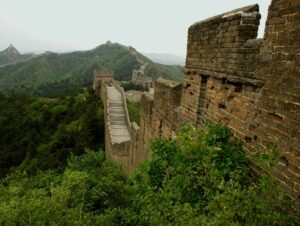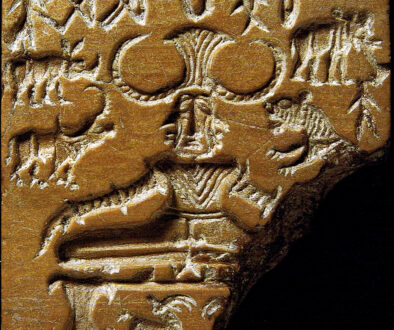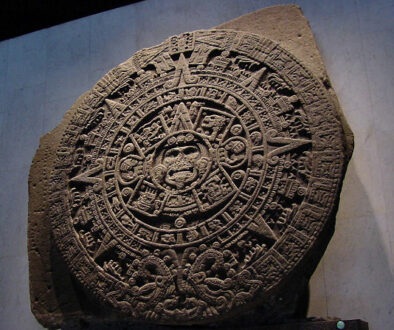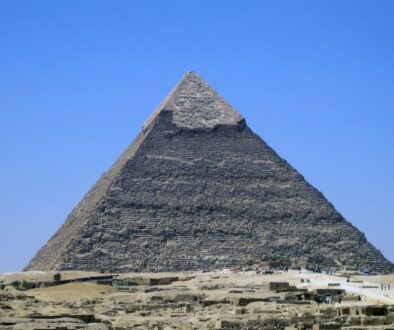China
HISTORY: The ancient Chinese civilization, according to the earliest records, dates from about 2000 BC. With thousands of years of continuous history, China is one of the oldest civilizations, and regarded as one of the cradles of civilization.
GEOGRAPHY: China was isolated from much of the rest of the world due to dry deserts to the north and west, the Pacific Ocean to the east, as well as impassable mountains to the south. Because of this the Chinese were able to develop independently from other world civilizations
ECONOMY: About ninety percent of the people in Ancient China worked agriculturally, growing the crops of rice and millet. They were given a small portion to live on, while the landowners retained the greater portion (similar to sharecropping).
People first used cowrie shells for money beginning as early as 1800 BC, under the Shang Dynasty. All across Asia, and Africa, too, people used cowrie shells for money since they were rare enough to be valuable and small enough to carry conveniently.
ACCOMPLISHMENTS: China was the first civilization to invent paper, as well as movable type printing. Gunpowder was accidentally invented while Chinese Taoist alchemists about 1000 A.D. while trying to find or gain human immortality. They also invented the compass, and many more great contributions to the world.
GOVERNMENT: The Emperor was at the top of power in China; with the government being run by thousands of civil servants who reported in to the Emperor. Five top civil servants were ministers who reported to him and worked in the palace. Ministers were very wealthy and powerful government officials. This civil service lasted for over 2000 years.
FUN FACTS:
- Puyi, the Last Emperor of China, became ruler when he was only 3 years old.
- Chopsticks have been used to eat with for over 4,000 years.
- Chinese medicine dates back over 4,000 years and is still used today.
- The Ancient Chinese were the first people to drink tea; before that it was used mostly for medicine
- Two rivers played a major role in Ancient China; the Yellow and the Yangtze River. The third longest river in the world is the Yangtze and the Yellow the sixth.
- Legends say that silk was discovered in the emperor’s garden in 2700 BC by Hsi-Ling-Shi, the wife of Emperor Huang-Ti.
Six Additional Sites to visit for more information:
https://www.worldhistory.org/china/
DKfindout.com/us/history/ancient-china/
https://en.wikipedia.org/wiki/History_of_China
https://www.history.com/topics/ancient-china/qin-dynasty
https://www.historyforkids.net/ancient-china.html




